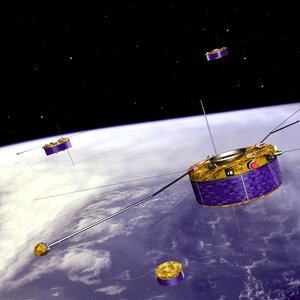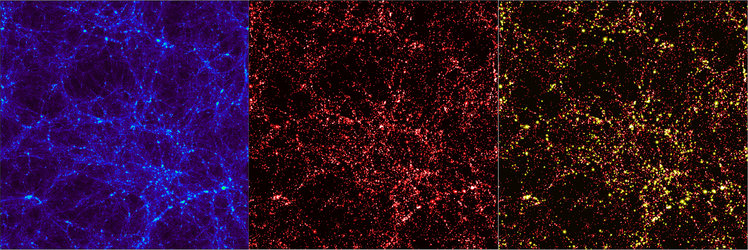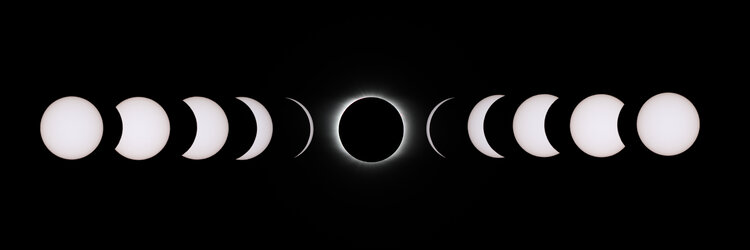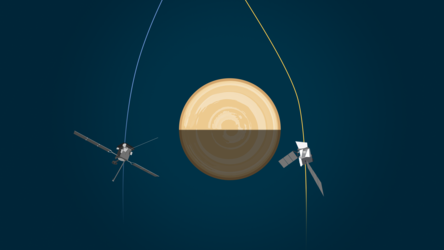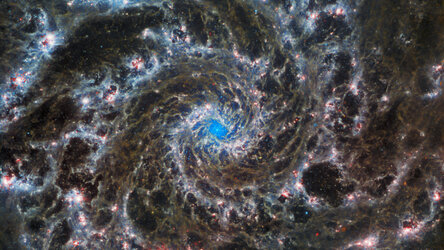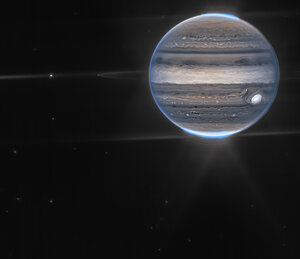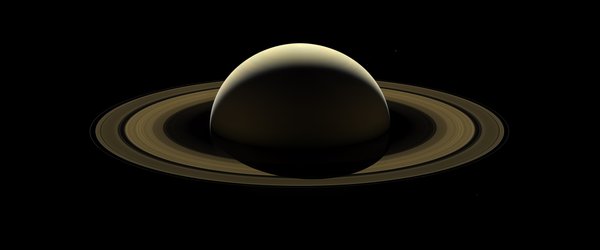H
Hale-Bopp (comet)
The brightest comet to appear in the night sky for many decades. Discovered by Alan Hale and Thomas Bopp on 22 July 1995, it reached perihelion on 1 April 1997 and was a naked eye object for many months. Its nucleus appears to be very large, about 40 km across.
Halley (comet)
The most famous periodic comet. Its aphelion is beyond the orbit of Neptune, but it returns to the inner Solar System every 76 years. Named after the 17th century British scientist, Edmond Halley, who first recognised its regular pattern of reappearances. Studied by a fleet of spacecraft during its 1986 apparition, including ESA's Giotto.
Half-energy width
The angle within which half of the electromagnetic radiation (e.g. X-rays) coming from a point source is focused by an X-ray optic.
Heat capacity
Also known also as thermal capacity. The energy submitted to a body in order to increase its temperature by one degree.
Heat shield
A thick layer that protects from heat.
Heliocentric
With the Sun in the centre. Our Solar System is heliocentric.
Helioseismology
The study of the Sun's interior by measuring oscillations (ripples) as they appear at the surface. The oscillations are caused by sound waves that originate at different depths inside the Sun. By measuring their travel times and the distance they travel, scientists can study conditions in the Sun's interior.
Heliosphere
The volume of space around the Sun which contains the charged particles and magnetic field carried in the solar wind. Its outer boundary (which has never been crossed) is called the heliopause and marks the beginning of interstellar space. This is thought to be 50 - 100 AU from the Sun.
Hertz (Hz)
A measure of frequency. It is the number of oscillations per second of a vibrating system.
Hertzsprung-Russell (HR) diagram
A diagram in which the luminosities of stars are plotted against their colours or spectral types. In the conventional way in which this diagram is plotted, luminosity increases logarithmically up the vertical axis and temperature increases from right to left along the horizontal axis. Stars do not occupy all regions of the H-R diagram but form various sequences, the most important being the main sequence, the giant branch and the horizontal branch.
Hubble Constant
A measure of the rate at which the Universe is expanding. The Hubble Constant relates the apparent recession velocity of a galaxy to its distance from the Milky Way. The precise value of the Hubble Constant is unknown, although independent measurements have established the value of this constant to be between 50 and 80 kilometres per second per megaparsec (in other words, for every megaparsec, the object's velocity of recession increases by 50 to 80 km/s).
Hubble Law
In 1929 US astronomer Edwin T. Hubble discovered that galaxies were moving away from each other, and that the farther they were, the faster they separated. Their velocities increased proportionally to their distances. This is the Hubble Law. The Hubble Constant is the proportionality factor in this law.
Hydrazine
Storable liquid propellant used on spacecraft. Combination of hydrogen and nitrogen (N2H4).
Hydrocarbons
A group of chemical compounds composed only of carbon and hydrogen.
Hyperbolic
Having the shape of a hyperbola, a particular form of curve whose two 'arms' diverge and never rejoin.















 Germany
Germany
 Austria
Austria
 Belgium
Belgium
 Denmark
Denmark
 Spain
Spain
 Estonia
Estonia
 Finland
Finland
 France
France
 Greece
Greece
 Hungary
Hungary
 Ireland
Ireland
 Italy
Italy
 Luxembourg
Luxembourg
 Norway
Norway
 The Netherlands
The Netherlands
 Poland
Poland
 Portugal
Portugal
 Czechia
Czechia
 Romania
Romania
 United Kingdom
United Kingdom
 Slovenia
Slovenia
 Sweden
Sweden
 Switzerland
Switzerland




























